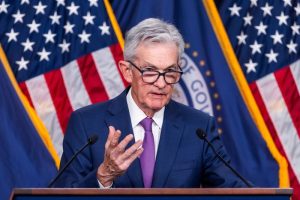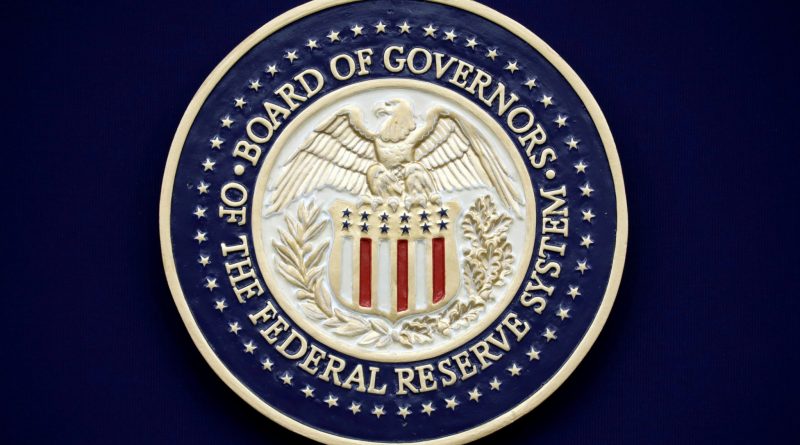Recap and Implications of Jan 31 Fed Meeting
Mario Stampone
Staff Writer
Most recently, the Federal Reserve’s Open Market Committee (FOMC) met on January 30-31. The question of the day was whether the Fed would decide to lower its target interest rate or keep it the same. In a move that was highly anticipated, Jerome Powell, the current Chair of the Federal Reserve, announced that for the fourth straight meeting, interest rates would hold steady. The current target interest rate will remain between 5.25% and 5.5%. In his post-FOMC meeting press conference, Powell explained the Fed’s decision by stating, “Inflation is still too high, ongoing progress in bringing it down is not assured and the path forward is uncertain.” In addition, the Fed removed language in its statement that had left open the possibility of raising rates, if necessary, in the future. Along with maintaining the target rate, the Committee decided to continue to reduce its holdings of Treasury securities and agency debt, as well as agency mortgage-backed securities (MBS).
The Fed began raising rates in March 2022 in order to bring inflation down from its 40-year high and closer to the Fed’s 2% target rate. By tightening monetary policy, the Fed aims to facilitate a “soft landing” for the U.S. economy and bring inflation down without causing a severe recession. The last time that the Fed raised rates was July 2023. Since then, the steady downward trajectory of inflation over the past two years has allowed the Fed to take its foot off the gas and leave the target rate unchanged.

However, Powell did indicate that cutting rates would be appropriate “at some point this year.” Powell did not confirm a specific timeline as to when these rate cuts would happen, although he did cast doubt on the possibility of a March rate cut, saying, “I don’t think it’s likely that the committee will reach a level of confidence by the time of the March meeting.” It seems that the Fed is in no rush to begin cutting rates and will likely wait until they have greater confidence that inflation is drawing closer to the target rate of 2%.
In response to rates remaining stable and, more notably, cuts likely not happening in March, the stock market fell. On the day of the decision, the Dow closed over 300 points lower, and the Nasdaq dropped by about 2%. This was the worst performance for the Dow since September and the worst performance for the Nasdaq since October. Also, the S&P 500 fell by about 1.5%, and Treasury yields plunged as well.
To recap, on January 31st, the Federal Open Market Committee decided to hold rates steady and signaled that rate cuts would begin later in 2024. Jerome Powell, the Chairman of the FOMC, explained that rate cuts will start once the Fed is more comfortable with the recovering economy and the inflation rate. The Federal Reserve will hold its next meeting on March 19-20. Based on Powell’s comments, it is widely expected that the Fed will hold rates steady at its March meeting, making the FOMC’s May 1st meeting a prime candidate for the day that the Fed will begin lowering the target federal funds rate.
Contact Mario at mario.stampone@student.shu.edu

